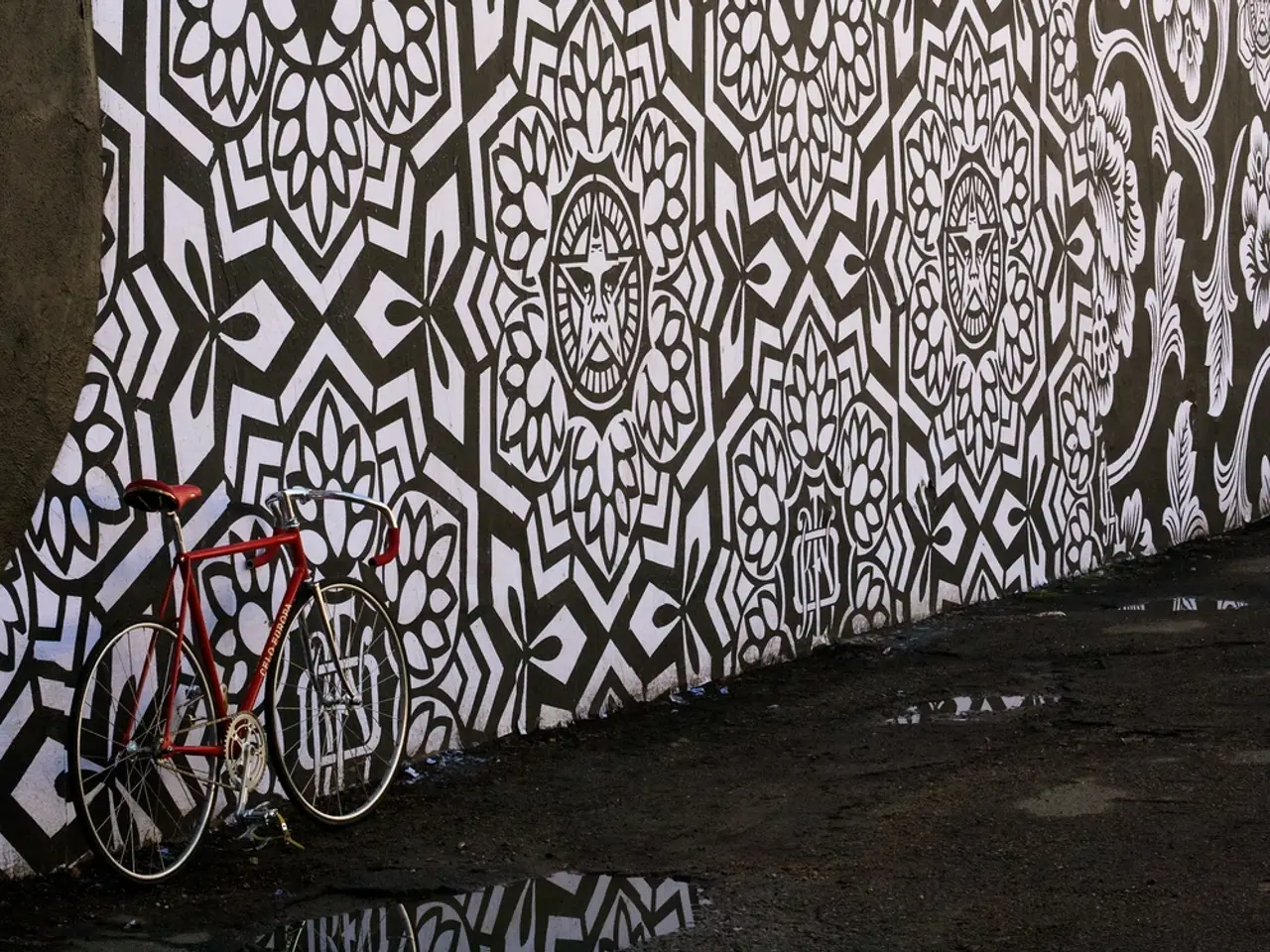Displaying Image From Specified File Path within an Android Application
**Loading Images from User Devices in Android Applications**
In Android development, displaying images from user devices can significantly enhance the user experience. This article focuses on loading images from user devices into an `ImageView` on Android, specifically using the image path.
**Steps to Load Images from User Devices**
**1. Request Storage Permission**
To access the device's external storage, add the necessary permissions to your `AndroidManifest.xml`:
```xml ```
**2. Obtain User’s Selection**
Prompt the user to select an image using an Intent:
```kotlin val intent = Intent(Intent.ACTION_OPEN_DOCUMENT) intent.type = "image/*" startActivityForResult(intent, REQUEST_CODE_IMAGE) ```
**3. Handle the Result**
In `onActivityResult`, get the file's URI and convert it to a path or use a `ContentResolver` to get an `InputStream`:
```kotlin override fun onActivityResult(requestCode: Int, resultCode: Int, data: Intent?) { super.onActivityResult(requestCode, resultCode, data) if (requestCode == REQUEST_CODE_IMAGE && resultCode == Activity.RESULT_OK) { data?.data?.let { uri -> // Directly use Uri to load image into ImageView val inputStream = contentResolver.openInputStream(uri) val bitmap = BitmapFactory.decodeStream(inputStream) inputStream?.close() imageView.setImageBitmap(bitmap) } } } ```
**4. Image Loading Using File Path (Legacy Approach)**
For older apps targeting below Android 13, if you have a real file path (such as from an SD card or internal storage), you can load an image as follows:
```kotlin val filePath = "/storage/emulated/0/DCIM/Camera/IMG_20230501_123456.jpg" val file = File(filePath) if (file.exists()) { val bitmap = BitmapFactory.decodeFile(file.absolutePath) imageView.setImageBitmap(bitmap) } ```
**Important Considerations**
- **Permissions:** Always check and request runtime permissions. - **URI vs Path:** Prefer using `Uri` and `ContentResolver` for consistency, as direct file paths may not always be accessible. - **Scoped Storage:** If you target Android 10 and above, avoid using direct file paths outside your app’s private directories, since files on external storage may be restricted or virtualized. - **Compatibility:** The file path approach works best on Android versions before Scoped Storage (pre-Android 10), but for better compatibility, using `Uri` and `ContentResolver` is safer in most scenarios.
**Summary Table**
| Method | Supported Android Versions | How to Load Image | Notes | |-------------------------------|---------------------------|----------------------------|---------------------------------------| | File Path | Before Android 10 | BitmapFactory.decodeFile | Not recommended for modern Android | | Uri & ContentResolver | All | ContentResolver + Bitmap | Best practice, supports all storage |
For modern Android apps (especially Android 13+), use the MediaStore API and ContentResolver for image access, but for your stated requirement (below Android 13), the above methods will work.
For a more optimized image loading experience, consider using libraries like Glide or Picasso for robust loading and caching.
[1] NativeScript: https:// nativescript.org/ [3] React Native: https:// reactnative.dev/ [5] For creating a new project in Android Studio, follow the steps outlined in the How to Create New Project in Android Studio article.
In the context of loading images from user devices in Android applications, a suitable technology for achieving efficiency is using libraries like Glide or Picasso for optimized image loading and caching. To create a stack of images in old Android applications (below Android 13), you can use the file path approach for loading images.
Example code for loading an image from the file path:




